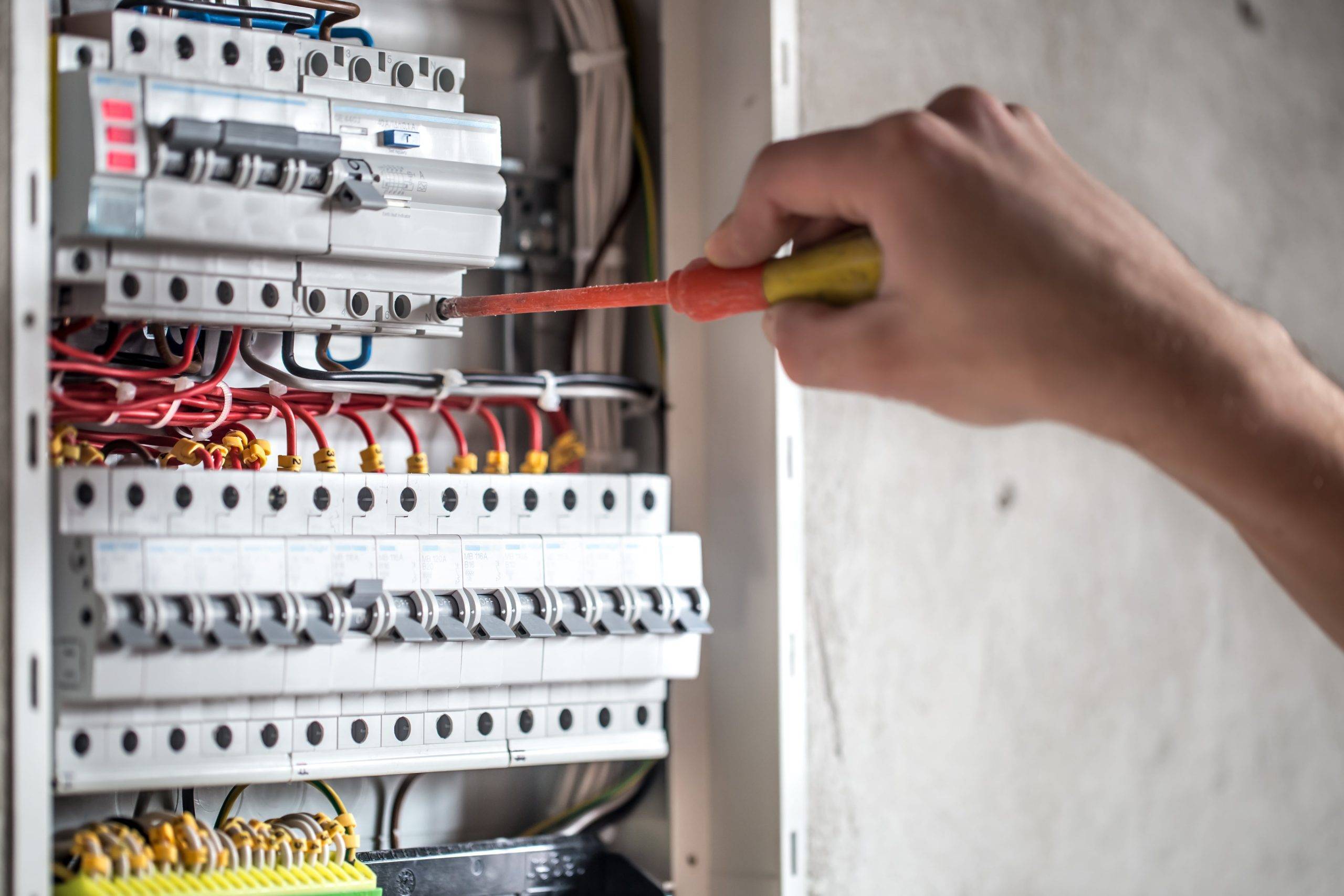
Understanding the Difference between Safety Switches and Circuit Breakers
Electrical safety is a crucial aspect in any building or household. With the increasing use of electronic devices, it has become more important than ever to have adequate protection from electrical accidents such as electric shocks and fires. This is where safety switches and circuit breakers come into play.
Both safety switches and circuit breakers are designed to protect us and our electrical devices from potential hazards. However, there are significant differences between the two that often confuse people. In this blog, we will break down the key differences between safety switches and circuit breakers so you can have a better understanding of their roles and functions.
Safety Switches
Safety switches, also known as residual current devices (RCDs), are designed to protect us from electric shocks. They work by quickly cutting off the electricity supply when they detect a difference in current between the active and neutral wires.
This means that if you accidentally touch a live wire, the safety switch will immediately detect the change in current and cut off the power, preventing severe electric shocks. Safety switches are typically installed at the main switchboard and provide protection to all electrical circuits in a building.
Circuit Breakers
Circuit breakers, on the other hand, are designed to protect our electrical devices from overloading or short circuits. They work by automatically cutting off the electricity supply when they detect an excessive flow of current that can potentially damage the wiring and appliances.
Circuit breakers are installed in the main switchboard and are connected to individual circuits, such as lighting and power points. They come in different sizes and ratings to accommodate various electrical loads.
Key Differences
While both safety switches and circuit breakers can prevent electrical accidents, they serve different purposes. The key differences between the two are:
- Function: Safety switches protect against electric shocks, while circuit breakers protect against overloading and short circuits.
- Installation: Safety switches are installed at the main switchboard, while circuit breakers are installed in the main switchboard and connected to individual circuits.
- Detection: Safety switches detect a change in current between active and neutral wires, while circuit breakers detect an excessive flow of current within a circuit.
- Protection Coverage: Safety switches provide protection to all circuits in a building, while circuit breakers protect individual circuits.
- Tripping Time: Safety switches trip almost instantly when they detect a change in current, while circuit breakers have varying tripping times depending on the type of overload or short circuit.
Conclusion
In summary, safety switches and circuit breakers serve different purposes but are both crucial in ensuring electrical safety. It is recommended to have both installed in your building to provide comprehensive protection against potential hazards.
We hope this blog has helped you understand the differences between safety switches and circuit breakers. Stay safe, and always remember to consult a commercial electrician in Melbourne for any electrical work or installations. So, it is important to ensure that your home or workplace has both safety switches and circuit breakers installed for optimum protection. Remember to always consult a local electrician in Melbourne for any electrical work or installations, and stay safe!

